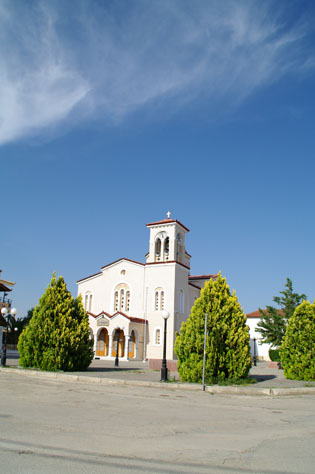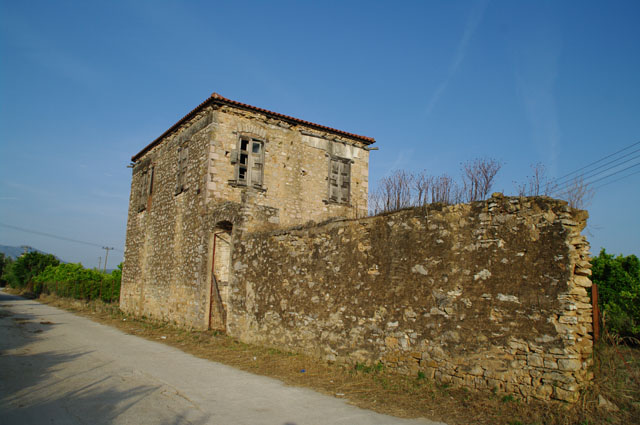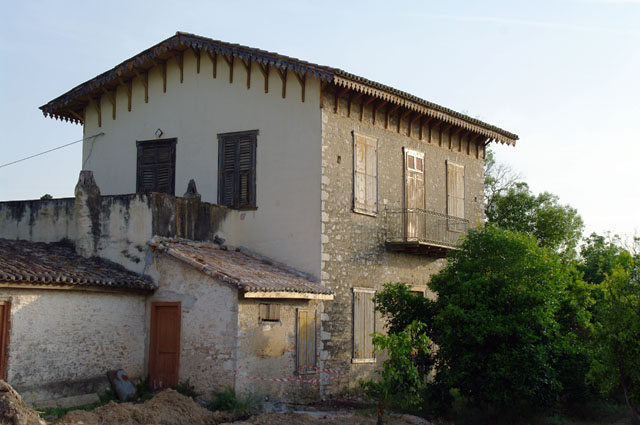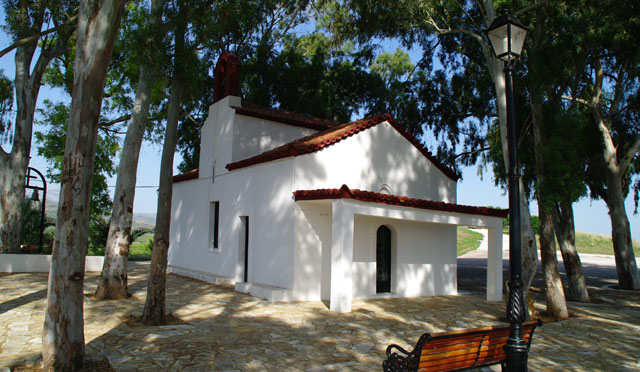Argoliko
|
Argoliko, is a small village of 650 inhabitants, located on the road connecting the city of Nafplio with Holy Trinity and more specifically, lengthwise, the distance between Nafplio and Holy Trinity, it is the first village after the archaeological site of Tiryns. The history of the village goes back in time as there are scarce references that relate to the composition and activities of the villagers. Some stories preserved from generation to generation have been shipped, formulated and maybe "beautified". The stories of the locals said that Argoliko was called during the 17th century "Xerochori."(Arid village). The obvious reason is that there was no water in the village, neither from any source nor running. But the name does not appear correct, as the area was like a marsh, so surely there must have been some water. |
||
  |
||
| Holy Assumption Church Church Immaculate Conception | ||
|
Then the village was renamed "Koutsi". This name has been maintained for many years and it is still used today. The origin of the name "Koutsi" has formulated, over the years, two versions. The first states that "Koutsis" was a squire of Arvanitic origin, who lived in the area (current Argoliko) and had great farmland, and several animals. Koutsis was descended from a warlike family and he participated in the defence of Palamidi castle in 1460. There is a reference to Koutsis and to other Albanians by historian Constantine Mpiris. Mpiris cited a long poem about 500 ranks, in which, names as Manesis, Laloukas, Panaritis were stated as Albanians glorious warriors. Please note that all these names refer to the names of neighbouring villages. Koutsis in 1460, left the area and went to Italy, where he continued his martial action creating a mercenary army. (There are several references to the crest of his family in Italy). The second and more plausible version is that the name Koutsis came from the word "Koutsiko",which means Small Village in Arvanite Language. The same name with the same justification appears in descriptions for Koutsi of Nemea. In the late 19th and early 20th-century, the village takes its present name "Argoliko". This village was named Argoliko because it is located near the centre of the Argolida plain and furthermore a piece of seaside village is located right in the middle of Argolida 's bay. Note that the coastal part of the village is a very important wetland. |
||
 |
||
| Towerhouse in Argoliko |
||
 |
||
| Towerhouse in Argoliko |
||
|
In Argoliko region, visitors will encounter a very beautiful and old church of the Annunciation (more information can be found in the "Archaeological Sites - Points of Interest"), the Church the Assumption (central church with nice square), the Church of St. George, which is located on a lovely hill that gives the pilgrim a panoramic view of the Argolida plain. Furthermore, not in the village but within walking distance and on private land, there are two old towers of the 19th century, which are worth being discovered. The villagers are mainly engaged in agriculture and trade in fruit and vegetables at farmers markets, but above all, they take care and of their beautiful village. |
||
 |
||
| Church of St. George |
||
|
Central Square - Church Assumption |
||
 |
||
| Panoramic view of Nafplio from the Church St. George |



